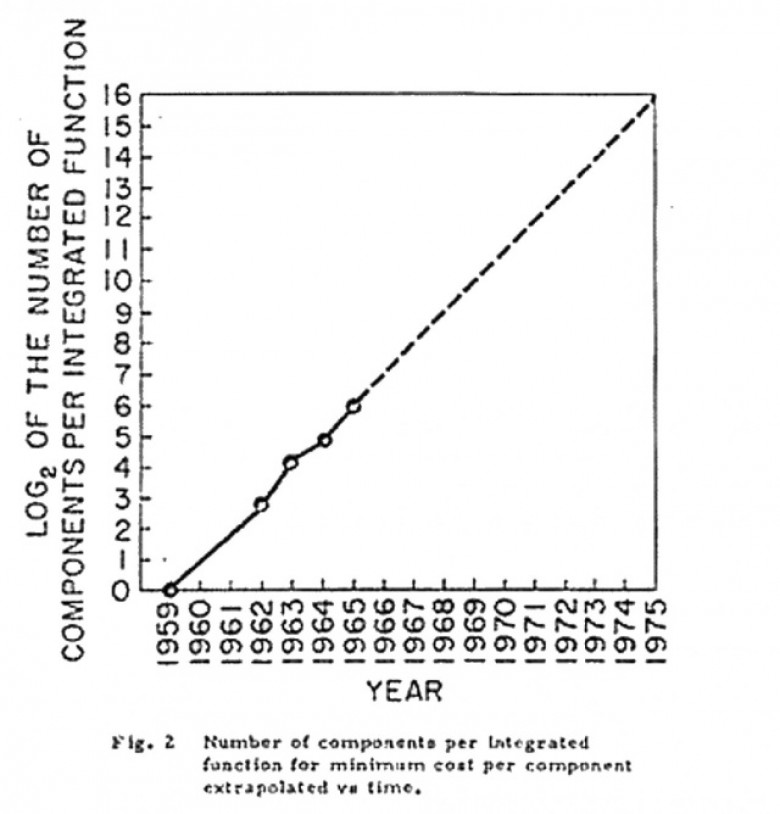Intel is keeping Moore’s Law alive by making bigger improvements less often
Intel took half a day this week to talk about processor manufacturing technology. The company still believes in Moore's Law and says the principle will continue to guide and shape the microchip industry. But the way the law works is changing. The company also wants to change how people talk about manufacturing processes, because current terminology—wherein the node size is used to characterize a particular process—no longer serves as a good guide to how many transistors can be packed into a chip.
Moore's Law—the observation by Intel co-founder Gordon Moore that the number of transistors in an integrated circuit would double every two years, and correspondingly, the cost per transistor would halve over the same time frame—guided microchip manufacturing for around three decades. During that period, process node shrinks, each one bringing a doubling of the number of transistors by making everything 0.7 times smaller, were all it took to fulfill Moore's Law. Backed by this easy scaling, computer performance increased at a rate unrivaled by any other human technological innovation.










































































